Graffiti Girl
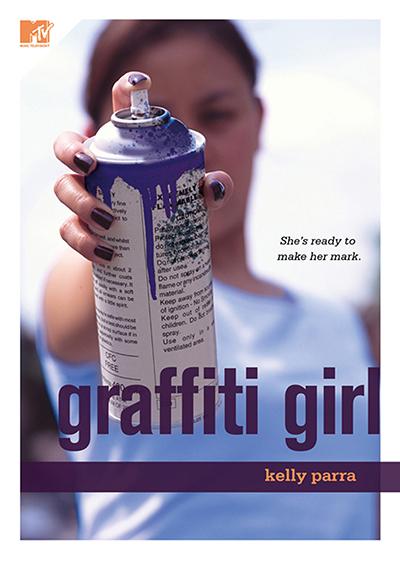
Do you consider graffiti as art? Many people do and one of them, author Kelly Parra, visited Alisal High School on October 29th to discuss her book, Graffiti Girl. The event was coordinated by Miguel Lopez, a professor at California State University Monterey Bay (CSUMB), and Tomas Salinas, an English teacher at Alisal. Salinas coordinated the event because he wanted to bring a local author students can relate to. He said, “I felt that the students could connect to the book and Parra because many of them are exposed to graffiti. You see it around Salinas and even see some at school. I also wanted to show that graffiti is a legit form of art.”
Graffiti Girl’s main character, Angel Rodriguez, works hard to get her graffiti accepted. She submits an entry for a community mural, but she becomes heartbroken after it isn’t good enough to win the competition. However, when the winning artist, Nathan Ramos, who also happens to be Angel’s secret crush, takes a sudden interest in Angel and her art, she begins to feel angry and hurt. This leads her to search for acceptance and belonging in her art. She joins Miguel Badalin’s notorious graffiti crew, Reyes Del Norte, pushing her skills to the limit and begins to emerge as the artist she always dreamed she could be. Eventually, Angel finds acceptance through her friends and family. The main themes of the book are having the courage to follow your dreams, feeling accepted, and caring for your family. “Angel is very relatable to a lot of the students here,” Salinas said. “She’s a young girl in a school similar to Alisal High. She loves art and is searching for herself.”
Parra grew up in Salinas and attended North Salinas High School and Hartnell College. She told the group, “For the majority of my life in high school, I thought I would become an artist. Never would I have thought I’d become a writer. In fact, I sometimes had to force myself to read. But surely enough, writing became a hobby and eventually a career.” After four years of trying, Parra was able to find a publisher interested in Graffiti Girl. MTV was searching for more urban styled books and Graffiti Girl fit its criteria. This was a lesson that proved working hard and not giving up does pay off – even if it takes time. Parra also encouraged the students aspiring to be writers, “Write about anything whenever you can. Just like anything else, practicing your writing helps to improve it,” she said.
Parra only had six months to complete the book and explained that she really had to push herself to make the deadline. The majority of CSUMB students asked if the book would’ve been any different if she had more time. Parra replied, “The story would be the same, but what happens in Angel’s life after the book is open to the reader’s interpretation. But we can’t think of the ‘what ifs’ in life.” After this, Lopez opened the floor to the rest of the students’ questions.
Q: Did you search for a sense of belonging through art like Angel?
A: I put some parts of myself into Angel’s character – like having friends who were into graffiti, insecurities about her art, and aspiring to become an artist.
Q: Why was there an emphasis on negative male figures in the book?
A: I didn’t intend to have an emphasis on negative male figures. Growing up, my mom was a single mother, and my dad was not in the picture much – so Angel and I relate in that sense.
Q: How much experience did you have with graffiti and what was the amount of research needed?
A: I had to do a lot of research in graffiti slang and painting styles because I had a different art style in high school. Most of the exposure I had to graffiti was through my friends.
Q: How did you plan on incorporating racism and social issues?
A: I wanted to bring realism into the book but didn’t think of these issues explicitly as I wrote the book. These subjects kind of just fell into place with the story.
Q: The book focuses on low-income families, does this relate to you when you were in high school?
A: The lifestyle I grew up in was that in order to get something, you had to work. This relates to one of the book’s main themes of following your dreams.
Q: If you had more time to write Graffiti Girl, what would you change?
A: The book might have more meaningful language, but writing metaphorically is not my style. My goals for the book was to go through the scenes quickly, catch the reader’s attention, and be a page turner.
The event proved to be a fun experience and made me, someone who has never even heard of the book, want to read it in order to learn more about her writing style. The majority of the time was spent on Parra answering questions and the students contributing by telling some stories of their own. After this, Parra signed everyone’s books and some CSUMB students asked for more pointers about writing.
Julian Estrada, a junior at Alisal, attended the event and felt very enthusiastic. “It was my first time meeting an author so it was exciting,” he said. “It’s not every day you get to meet an author, you know? I hope to meet other authors someday. I also really liked that the story incorporated art and it gave the message that you should be yourself.”
Salinas said that he thanked Parra after by sending a thank you letter and pictures of the event on Alisal’s behalf through Mr. Lopez. Salinas said, “I thought the event went well – it was a full house and I’m very happy about that. I hope to get other authors to come visit, too. But hopefully we can get more Alisal students to attend because the majority of the students that came were from CSUMB.” With the success Alisal saw from Kelly Parra’s visit, Salinas is hoping to get other authors in the future to introduce students to different types of writing and get an enjoyment out of reading.
Your donation will support the student journalists of Alisal High School. Your contribution will allow us to purchase equipment and cover our annual website hosting costs.



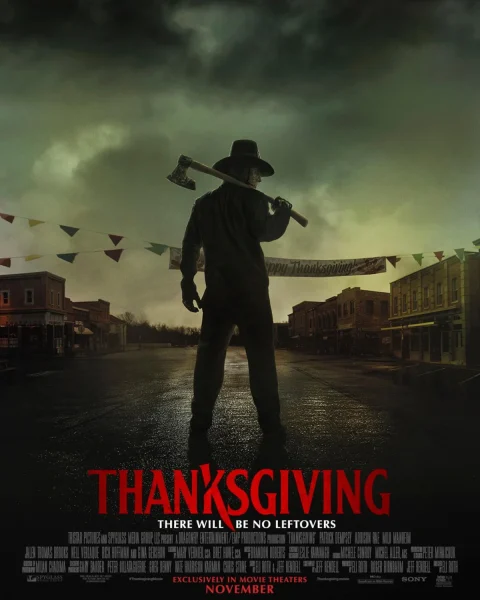
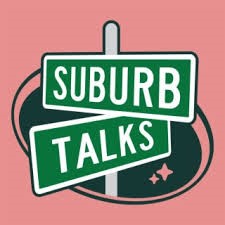
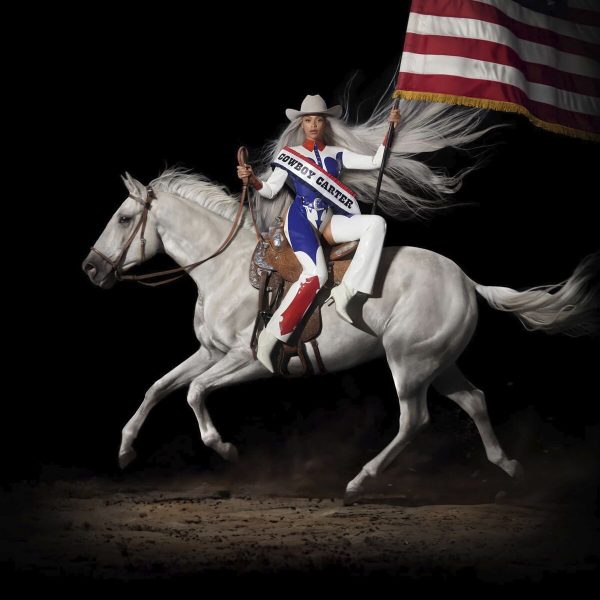
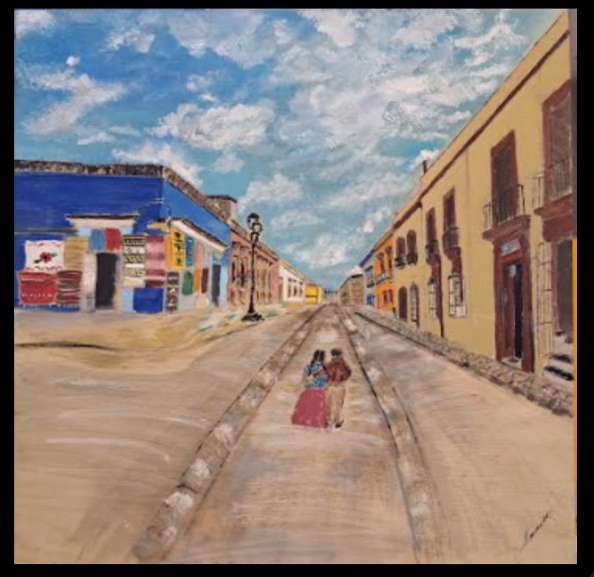
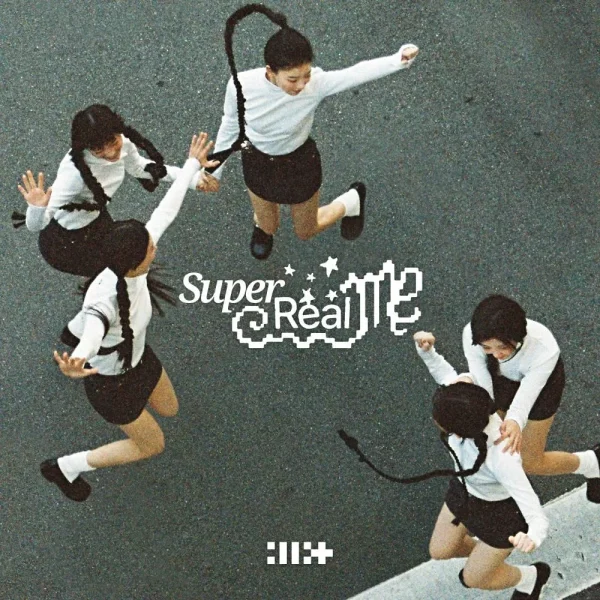

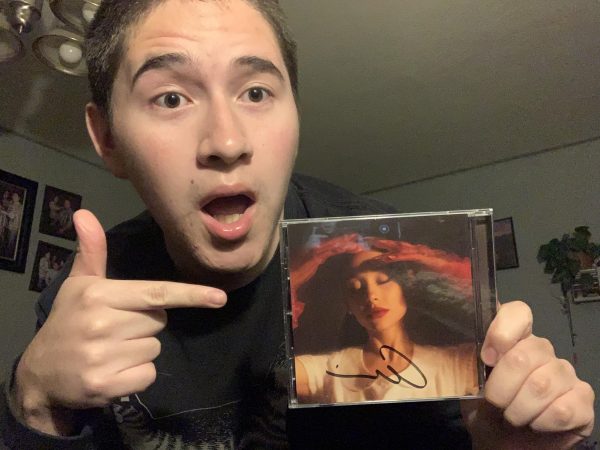
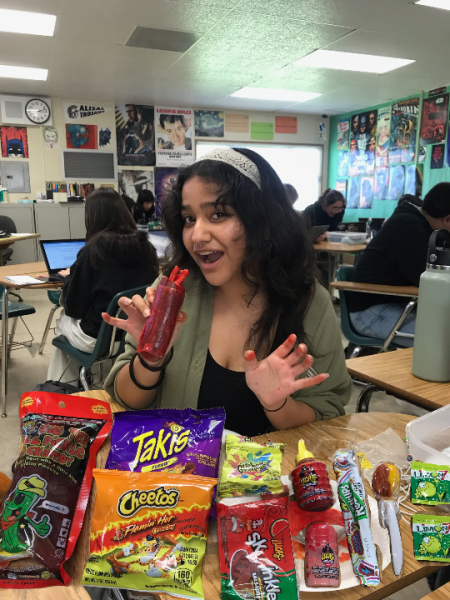
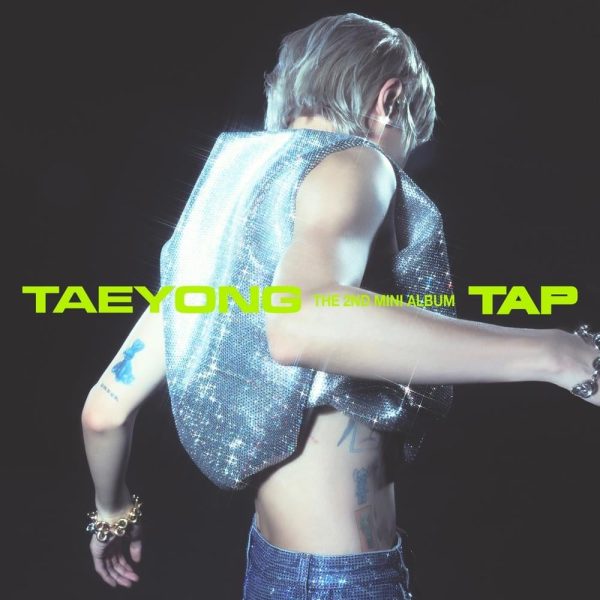

jason levin • Mar 9, 2015 at 2:10 pm
I am an author who would be happy to come speak at Alisal HS – I wrote a book about horse racing: “From the Desert to the Derby.”
I know Mr. Tomas Salinas and would like him to coordinate the event
Jason